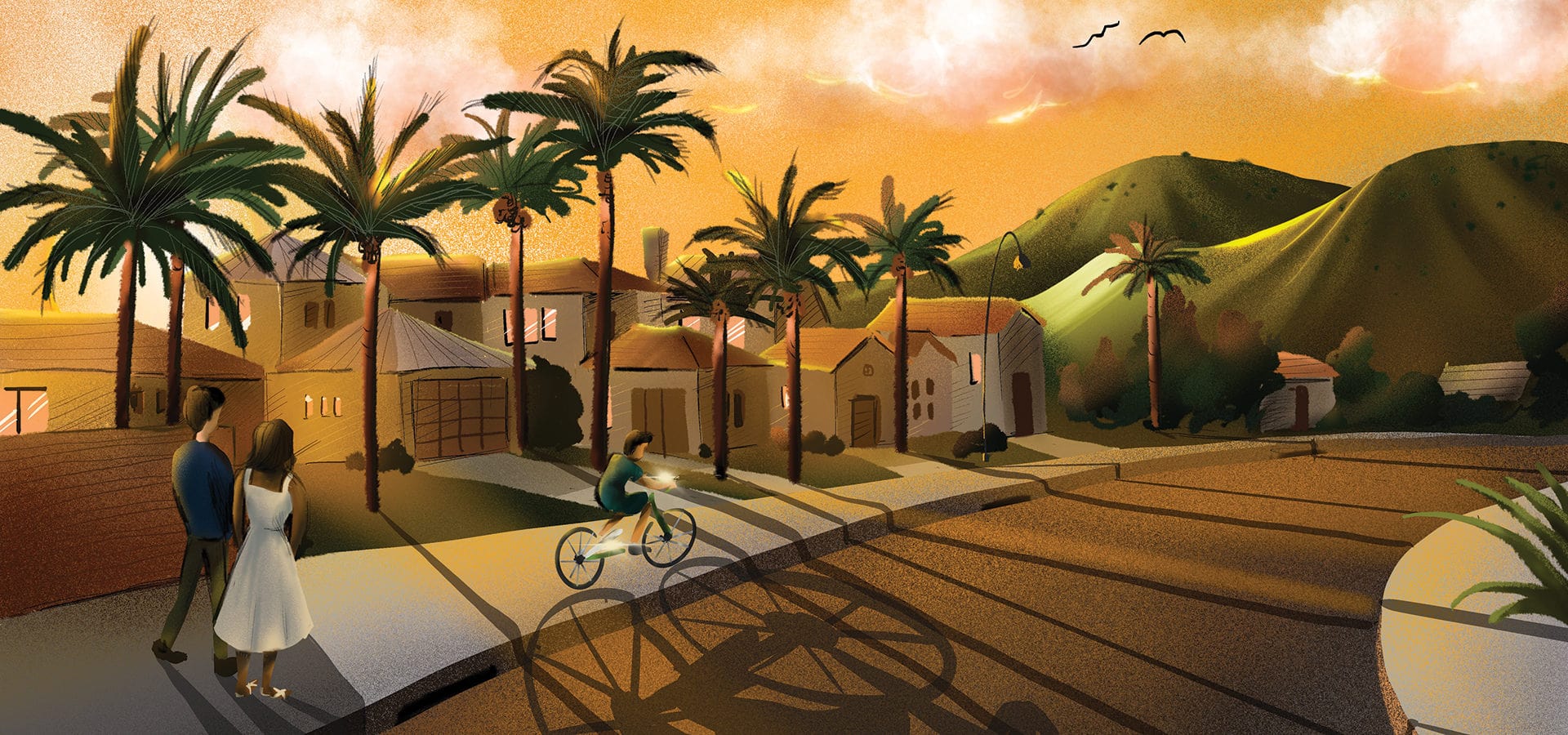As we continue to grapple with COVID-19, VB Editor Linda Grasso helms a deep-dive discussion into what currently is being done—by government leaders, business owners and even some residents—for economic recovery. Participants are State Senate Majority Leader Robert Hertzberg, LA City Councilmember Paul Krekorian, restaurateur Karl Makinen (Local Peasant in Woodland Hills and Sherman Oaks, Black Market Liquor Bar in Studio City), André Warren of The Agency Real Estate, and retailer Jodi Perlman (Soto boutiques). These are edited excerpts from a conversation on June 19.
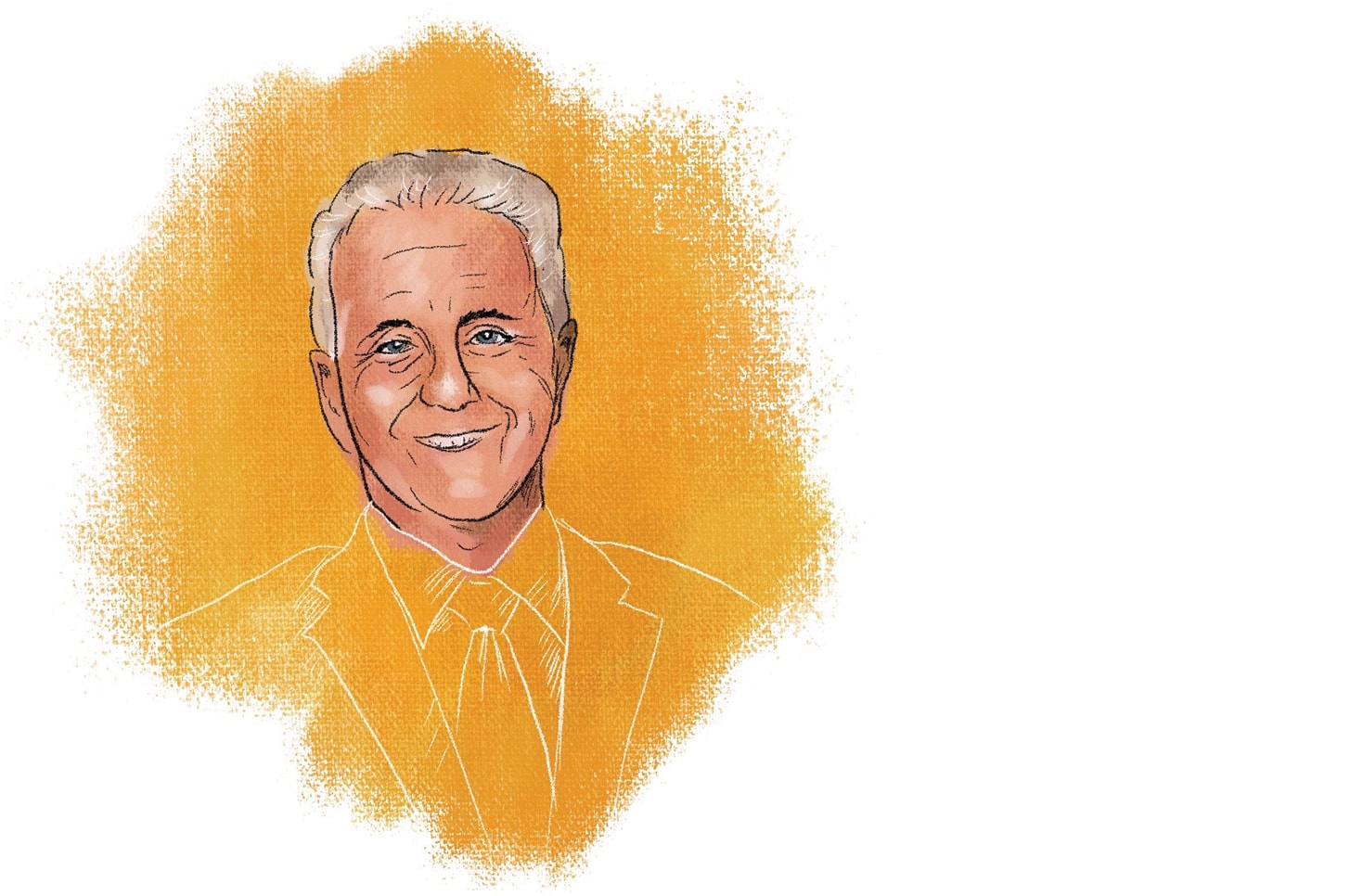
Paul Krekorian
LG: At the beginning of 2020, we were coming off a five-year period of economic growth in the Valley. Then COVID hit. The Valley Economic Alliance estimates that the current unemployment rate in the Valley is about 20%. Projections from the Los Angeles County Economic Development Corporation predict that number could rise in LA to more than 30%, with the loss of 1.7 million jobs. How are we going to recover from this?
RH: At every level, the toll is extraordinary. The federal government has pumped in truckloads of money, but that PPP money is going to stop shortly. We don’t have the ability in the state to print money like the federal government does. The question is: Without raising taxes, without putting bonds on ballots to ask voters to borrow more money, what can we do?
We’re working at the small business level. The governor has, in an executive order, told all small business to collect sales tax. You can hold onto up to $50,000 (of it) for working capital. You’re supposed to pay it back in a year, but it gives you $50,000 in cash. Also, the problem with unemployment insurance is that the cost bears burdens on payroll tax to small businesses. We’re looking at ways to protect small businesses while we can still provide that unemployment insurance. We’re starting a host of other programs that you’re going to be seeing rolling out.
LG: How quickly will we see these programs being implemented?
RH: We’re going to try to put some of it into the budget. We’re going to try to move it quickly. Once that federal money stops, the impact is going to be worse. So we are focused on the fourth quarter of 2020 and the first two quarters of 2021. We’re creating a $25 billion economic recovery fund, which is about jobs, getting people to work.
We’re working with a whole host of groups—the LA Coalition, the McKinsey Global Institute and the like— specifically looking at our communities and the nature of the job loss and figuring out how we can get people back to work as fast as we can. We’ve been working with the best minds around the country, looking for intelligent ways to create economic stimulus and recovery.
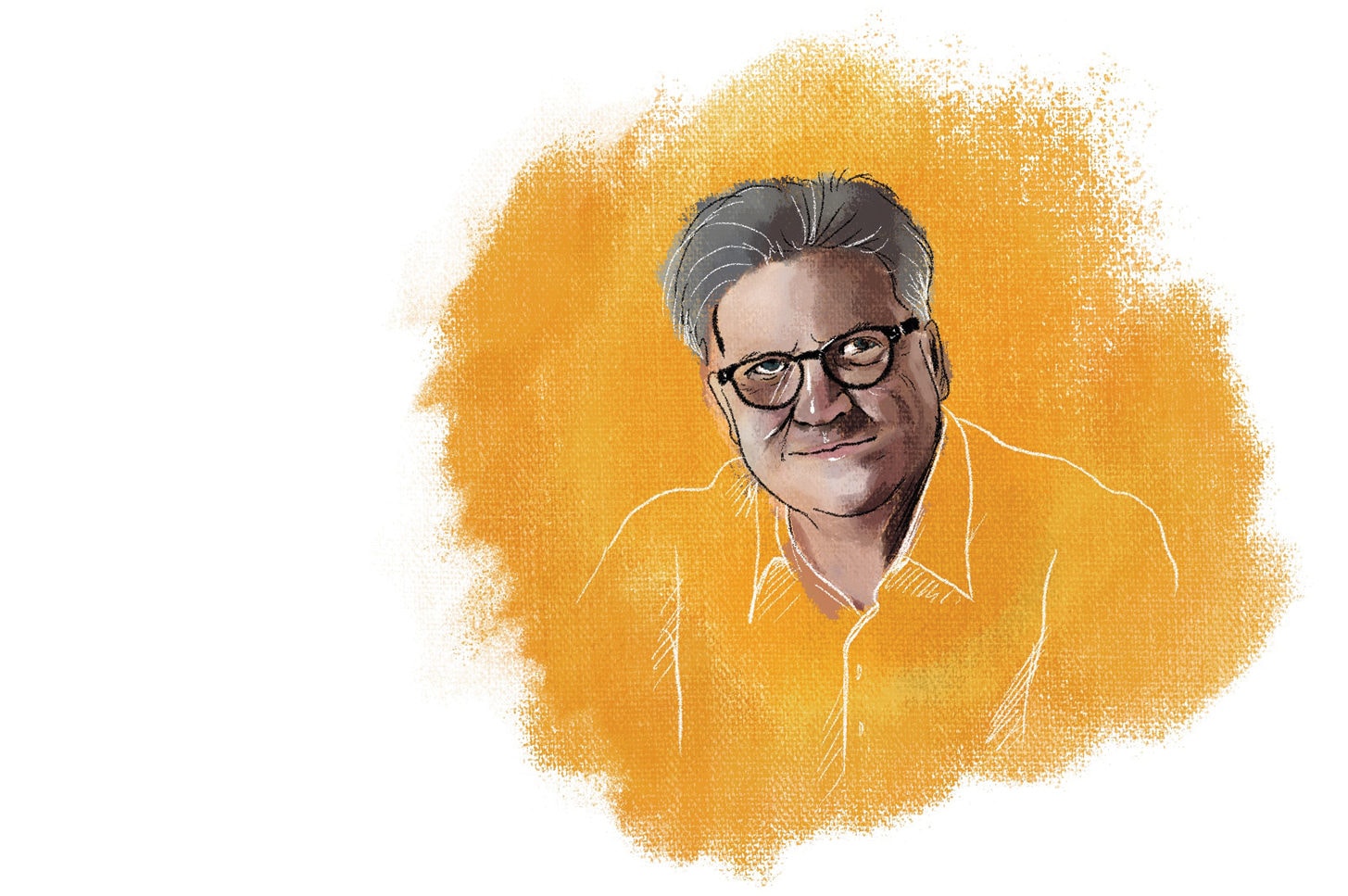
Robert Hertzberg
LG: With the high concentration of small businesses here, it seems that the Valley is disproportionately impacted. How do we compare to the rest of LA?
PK: The majority of employees in LA work for small businesses. So the first obvious impact on small business has been in employment and people’s ability to pay their rent. But also it tears at the fabric of the Valley. Everything that defines the character of the Valley is connected to our local neighborhood businesses. As they’re shuttering, it does more than economic harm—it harms the nature of our communities. So we’ve been focusing our attention on relief that will help keep those businesses. For example, there have been a number of efforts to target larger business with things like mandated sick leave costs, but I made sure those burdens would not fall on the backs of small business. We’ve also implemented a six-month forbearance period for repayment of any city loans made to small businesses.
At the same time, we created an $11 million loan program targeted specifically to small businesses. Shortly we’re going to be enacting a restaurant and beverage program that will expedite the opening of sit-down restaurants applying for a conditional use permit—particularly those applying to sell alcoholic beverages. It will help new businesses get started and existing businesses get back on their feet.
Another important part of this is the city’s procurement process. The vast majority of the massive amount of money we spend is spent outside LA. The normal process is to seek the lowest bidder. Often that money will go to areas where it is cheaper to do business. We need to bring more of that back. So we’ve enacted a local business preference. I also worked with the Los Angeles Business Council to develop a procurement process and portal so that small and minority businesses in LA will be able to participate in major investments in public infrastructure, large sporting events like the 2028 Olympics, Measure M, transportation investment. These enormous infusions of money need to go to small businesses, not just mega international contractors that that may or may not employ people locally.
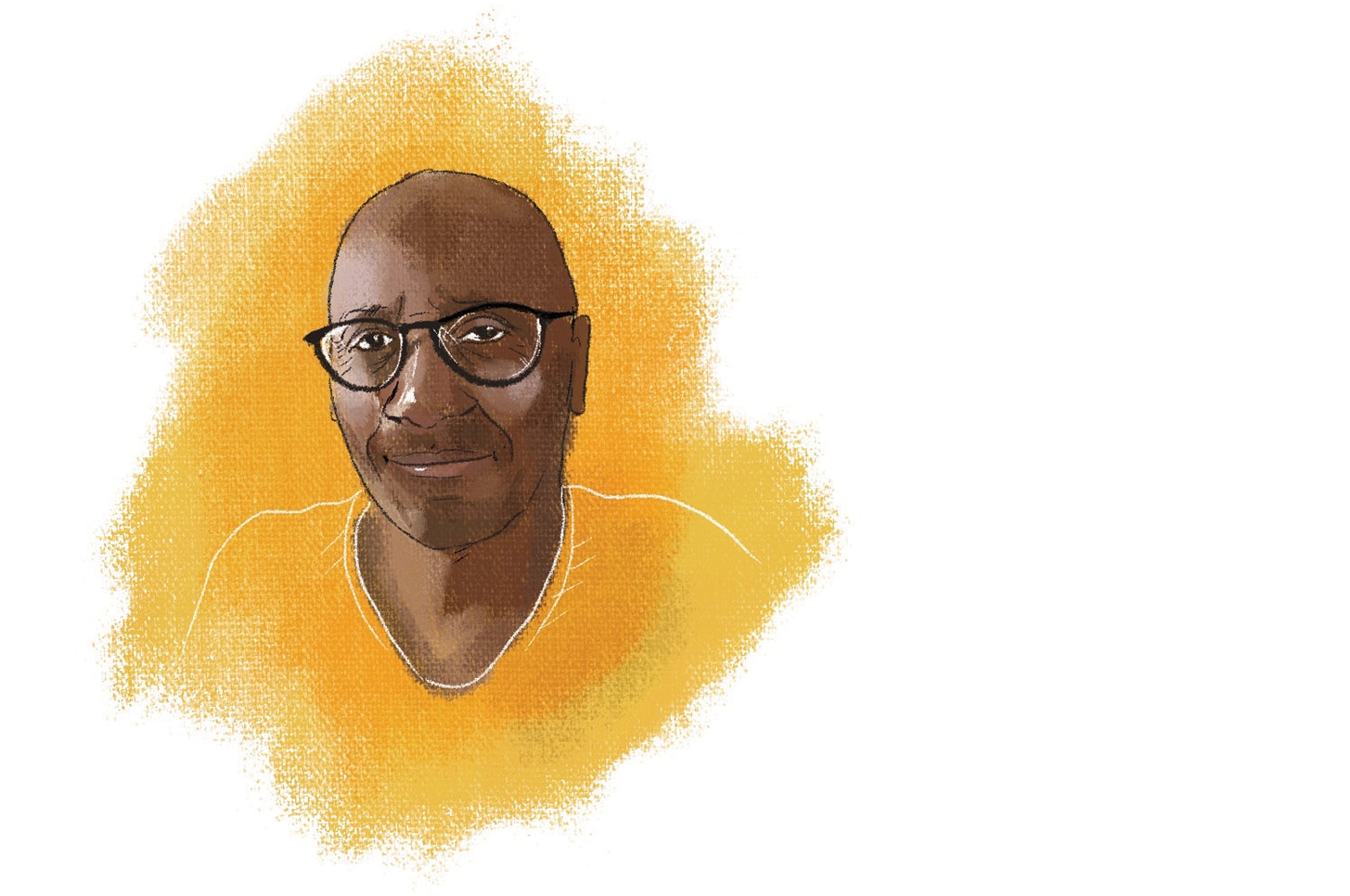
André Warren
LG: Let’s pivot to the local real estate market. According to a recent study, 40% of the Valley population moved here between 2010 and 2014. We want to continue that growth. André, where are we from a real estate standpoint?
AW: There’s definitely been an uptick in searches for single family residences. Searches for townhomes and condos are down. So it seems people are looking to build nests, to build their sanctuary where they feel safe, a place where they can have a yard. In addition, there’s been a real uptick in searches in the suburbs. People are looking to escape, to find their oasis. The pandemic has shrunk the volume of transactions, but people are still interested in buying and selling property.
LG: Are prices holding steady?
AW: In the month of May, prices in the Valley went up 9%. At the beginning of the pandemic, we thought there’d be an incredible devaluation of properties. We’re not finding that. Right now I’m working with this young couple and we are looking at expensive homes, and we are coming up against full-price offers. And these are houses in the $5 million to $6 million range. The $800,000 to $2 million is a really hotly contested sector. Interest rates being so low is helping fuel that as well.
LG: Karl, I want to hear about how it’s going with your three Valley restaurants and also get your thoughts on how the economics can possibly work with the mandates on capacity.
KM: It’s scary to look into the future. People think that when the vaccine comes out, it’s all going to go back to normal. I just don’t see that. My margins were already small. And over the last three years, with the increase in minimum wage, paid sick leave, workers’ comp and health insurance, it has shrunk us down to the point of pinching pennies.
So, even before COVID, being a restaurateur was a struggle. You could see it with restaurants opening and closing along the Boulevard. You have to deal with City Planning and all the red tape. One missed calculation or cost—say, an extra $100,000—and you fail right away.
But I want to thank Bob and Paul and all the government officials who acted quickly to change the rules to allow me to have a market and to sell to-go cocktails. You gave me an opportunity to survive.
Every time the locals came in I’m like, “What do you need?” And they’re like, “I need fruit and vegetables. Do you have broccoli? Do you have steaks uncooked? I need flour. I need yeast.” And I would get it. I was going in the back of Local Peasant and grabbing whatever—a stalk of celery—and selling it. It was about taking care of people. There was a lot of fear going on—for me and my family, too.
My in-laws were like, “Why are you doing this? Just close!” But I felt an obligation to feed the public, to keep my good name out there, and to keep six key employees at Local Peasant in Sherman Oaks and four at Black Market. Because if I closed down and they got another job, for me to get back up and running would be like opening a new restaurant. I wouldn’t be able to get back up quickly. So I thank you. You’re giving me the ability not to make money, but to survive with my employees. In March, I laid off 80 employees. I cried that day.
Now that we are in the in-dining process, I want to thank you for my patio outside. Still, I don’t know when I’m going to actually make money. Plus I can’t get employees to come back right now. They are afraid, or they’re making too much money (with unemployment) by staying at home.
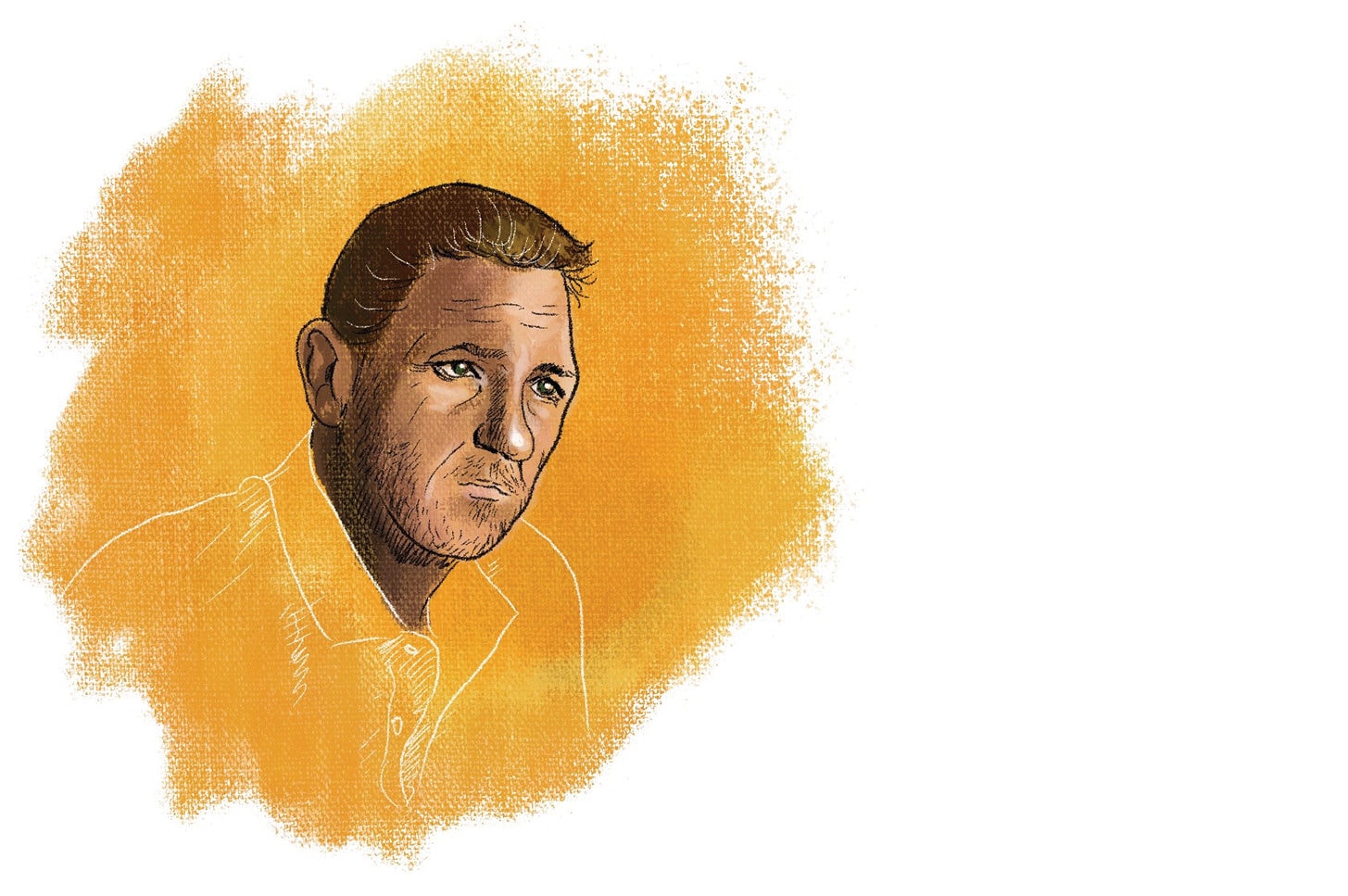
Karl Makinen
LG: Let’s talk about retail. Jodi, now that all six of your Valley stores are back up and running, what are some of your concerns?
JP: In week three of COVID, I got a couple of messages from customers: “Jodi, you need to post something.” I don’t do online sales. I’m strictly old-school. But I did a post and people went berserk. I was getting messages: “We need more.” So I started doing FaceTime appointments. I can’t tell you how happy they were. It was like normalcy for them. It made them feel like everything was OK.
Then curbside service happened and we started bringing people in. I asked my employees who wanted to work. Out of 52, about six wanted to work. We set it up with masks, shields, plexiglass, hand sanitizers, gloves, masks. And the minute I posted it on Instagram, the community went berserk.
LG: Jodi, tell us about the foundation that you and your husband started to help small business owners.
JP: My husband is in Section 8 housing, so we’re on both sides of this. We’ve got the landlord side also. We have a foundation and we’ve been working with John Lee from District 12. We started a small business fund ourselves, doing interest-free business loans. Since May 1, we’ve done over 50 loans and we’re just shy of a million dollars right now. Payback is two to three years. People can go to changereaction.org for more information.
LG: What else can be done to help retailers get back on their feet?
JP: I think landlords have a lot to do with it. They almost have to be in a partnership with these stores. You see some landlords who really don’t care. But we’ve had many who have been happy to work with these stores.
KM: I’ve recently become more aware through this whole crisis how important it is to vote for your local leaders. They’re the ones who are in touch with our community, who take it to the next level and all the way to the top.
PK: Karl, you are 100% right, and it goes beyond voting. Groups like the Sherman Oaks Homeowners Association and Studio City Neighborhood Council in my district have influence because they’re engaged on a daily basis, not just at election time. At the local level, the people who show up are the ones who get attention. The small business community unfortunately has always been at a disadvantage because they’re busy building their businesses. It’s really important that these organizations embrace our small business community and fight for them.
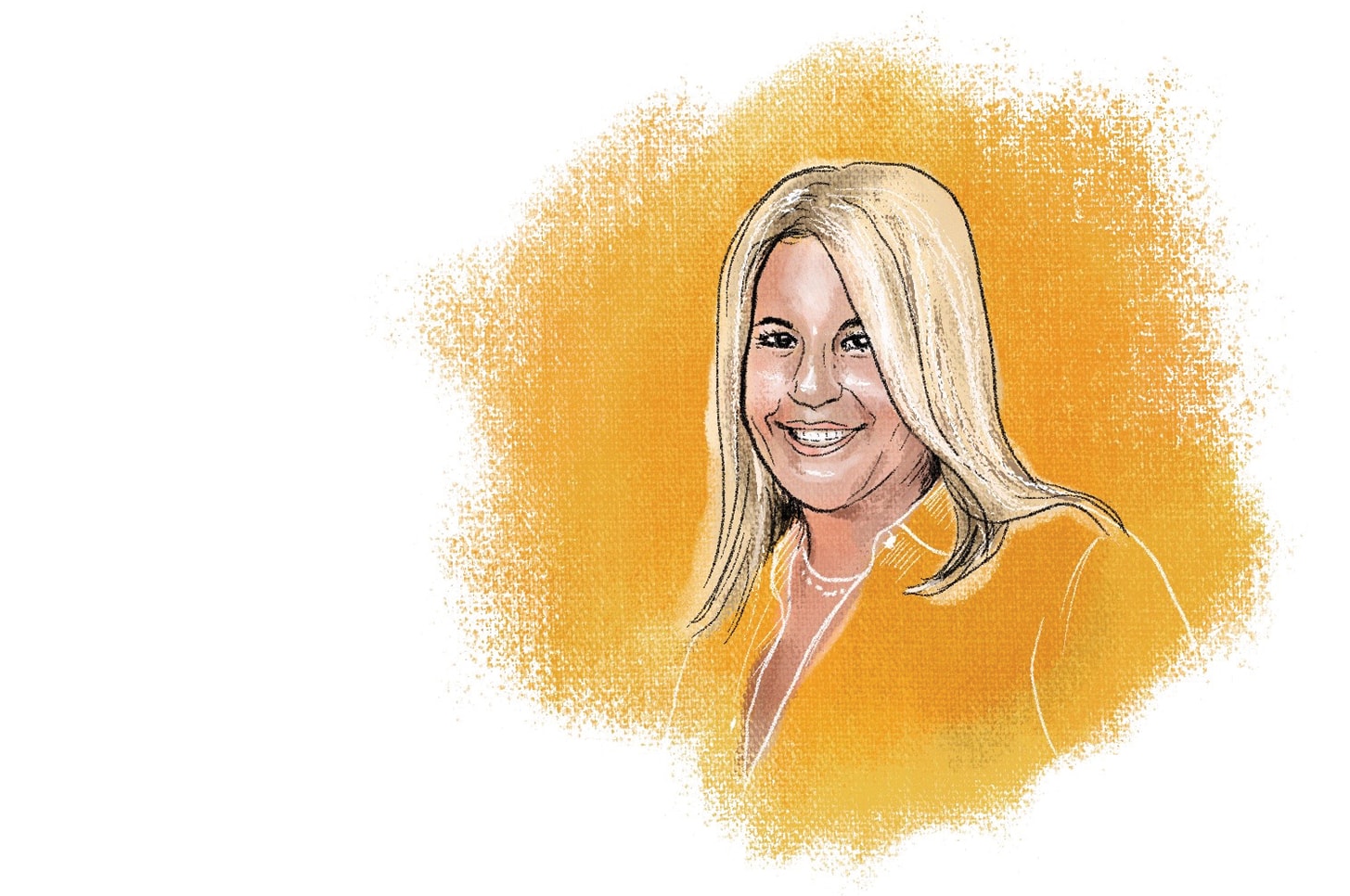
Jodi Perlman
LG: Speaking of raised level of awareness and thinking about what each one of us can do—according to a recent Census Bureau report, Blacks make up just under 4% of the Valley population. That is a crazy low number. Assuming we all agree diversity is a good thing, what can we do to incent more Black families and business owners to come here?
AW: I’ve spent some time ruminating about what this means. This is stripping us all down to the essence of what it is to be human and to connect with each other. If there’s a silver lining to what we’re going through, it’s this. I am seeing and feeling a sense of community and comradeship that I haven’t seen before, both as a citizen and as someone of color. I think that things like what Jodi is doing with the loans, that kind of spirit will spread, encouraging more diversity and support. It’s all about personal outreach.
I think you will see an influx of different kinds of people looking for their home, and it seems to be in the suburbs. I work with clients of different ethnicities, some who had never thought about moving to the Valley. Now they’re seeing the value and the worth of the community. I think the onus is on those communities to be a welcoming place, to have a sense of charity and inclusion. As a person of color, you can sense that when you are looking for a place—whether it’s a restaurant or a store. That sense of generosity goes a long way.
JP: People tend to live in communities with people of similar backgrounds. If businesses make a concerted effort to hire more Black employees, then that could be a driver for those employees to relocate to the Valley.
KM: In general, we and most restaurants have a diverse staff. Some might say it’s divided by front and back of the house, but we make a conscious effort to not hold anyone back. If a dishwasher wants to be a cook, chef or manager, or a cook wants to be a server, bartender or manager, we encourage and support them. I also believe that one way to increase diversity in our community would be to improve public transportation.
PK: The San Fernando Valley that I grew up in was a prime example of structural, institutional racism. Although African Americans played a huge role in building the Valley after World War II, redlining and other practices like that excluded Black Americans from the Valley. That started to change as some of those unconstitutional laws and practices were eliminated, and we’re seeing now a much more diverse population in the Valley.
I think a lot of it is generational too. In the traditional suburban, White, single-family neighborhoods, very often those homes are still owned by people who’ve lived in them for 30, 40 years. But now there’s this generational shift happening. People are moving into places like the NoHo Arts District. Young people want to come here because they see diversity, because they see a different way of living than that single-family-home neighborhood. I think we’re gaining significantly from that phenomenon.
And I think we’re going to see businesses coming here because of that energy and diversity. It is important for our cultural, human and economic growth. We still have a long way to go. But I do believe, in time, we will build a much better, more open, diverse and more welcoming San Fernando Valley.
Join the Valley Community






